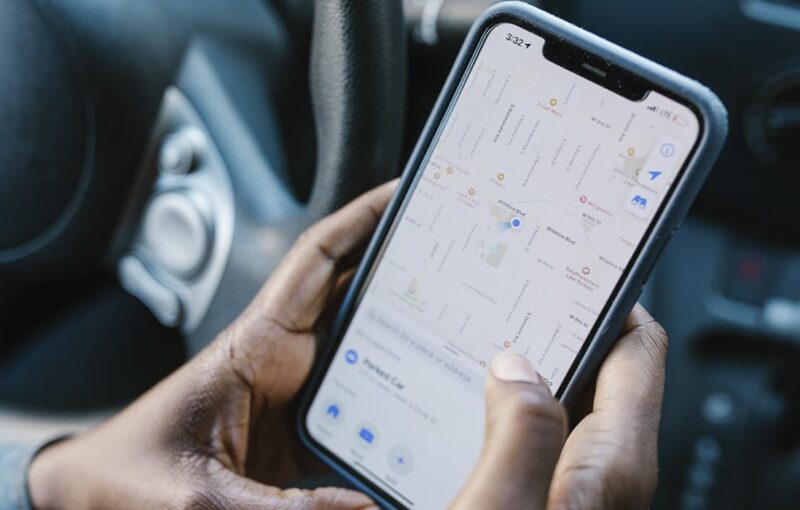In some publications it is possible to meet an opinion that when choosing a GPS-navigator you should not pay attention to its hardware configuration, but only focus on the selection of maps you need. We can not agree with this statement. Yes, the maps are important, we’ll still talk about them, but after all a modern GPS-navigator (especially car GPS-navigator) is not only a device for locating the car, laying the route and driving on it, but, as mentioned earlier, this is primarily a computer that can and should be used not only for navigation. How can you buy a computer without paying attention, for example, to the clock speed of its processor, the amount of RAM, the amount of hard drive, the size and resolution of the screen, etc.?
In addition, it should be noted that the car GPS-navigator in addition to all of the above computer components contains a GPS-module, which makes it even more complicated device than, for example, a simple tablet computer.
So, let’s talk about everything in order.
Let’s consider the hardware of GPS-navigator on the example of removable car device.
If you open the case of such a GPS navigator, we will see only two components: a display and a printed circuit board (or three, if the device is equipped with an autonomous power supply and contains a battery).
The display
Today all car navigators are equipped with flat color displays, most of which are touch screen panels.
Important characteristics of the display are:
size;
type of sensor (touch layer);
image clarity;
viewing angle and anti-reflective coating (horizontal and vertical angle at which there is no significant drop in contrast).
An indicator of the size of the display is the diagonal (the distance from the lower left corner to the upper right corner). The diagonal value is usually expressed in inches. Today, you can purchase car GPS navigators with display size from 3.5 to 7 inches. For a navigator, used in a passenger car, the optimal display size is 5 to 7 inches.
The panels of car GPS-navigators can be equipped with a resistive or capacitive touch screen layer.
The resistive touch layer is more accurate and for the small displays it is more suitable. However, if the navigation device you like has a large display, the lower precision of the capacitive sensor is compensated by the size of the image.
The clarity of the display depends on the resolution of the display.
The resolution of a display is the density of pixels per unit area. It is either expressed by an alphabetical abbreviation of the standard, or as two numbers whose value equals the number of pixels across the width and height of the display (horizontal and vertical). For example, VGA or (640×480). The horizontal resolution of the display can range from 320 to 800 pixels and the vertical resolution can range from 240 to 480 pixels. For car GPS navigator displays, the most popular resolutions are:
on short diagonals (for example, 4.3 inches) – 480×282;
On long diagonals (7 inches) – up to 800×480.
As for the viewing angle, it largely depends on the type of panel used in the display as the display surface. As a rule, modern car GPS-navigators use panels built on TN+Film technology, which provide a viewing angle of up to 140°.
A distinctive feature of the displays of car GPS-navigators is an anti-reflective coating, which is not usually present on the screens of other mobile devices. Therefore, the surface of the display should have a special structure, which diffuses the light even in direct sunlight.
The board
The purpose and function of the board for the GPS navigator is the same as that of a computer motherboard. All the elements included in the navigator are placed on it and integrated into a single system. The display is also connected to it.
Processor
The processor is one of the main components of any GPS navigator. The purpose of the processor in the navigator is the same as in a normal computer.
Most often the GPS navigators are equipped with an ARM processor.
When choosing a navigator, pay attention to the processor clock frequency – the devices equipped with a processor with a higher clock frequency will run applications faster and spend less time downloading. Today, in GPS navigators you can find processors with a clock frequency from 233 to 750 MHz. A processor with a clock frequency of 500 MHz is sufficient for normal operation of the car navigator.
RAM
RAM is a power-dependent semiconductor rewritable memory, on which the performance of the GPS navigator depends.
